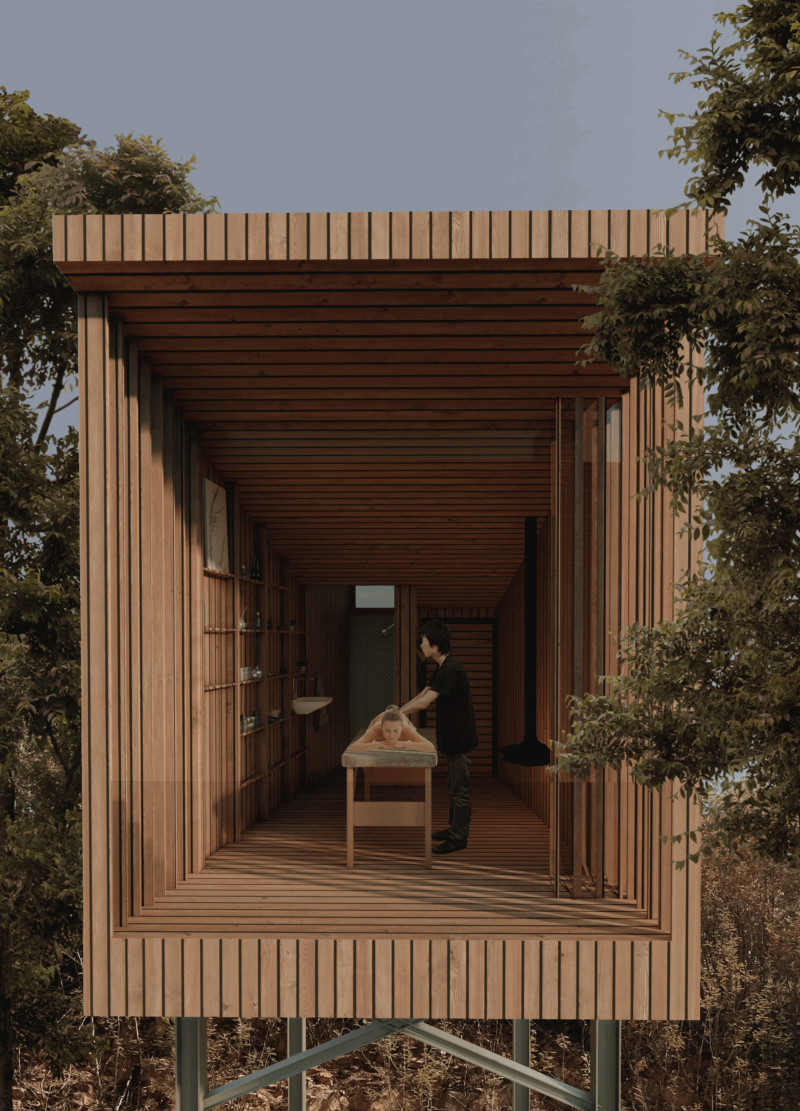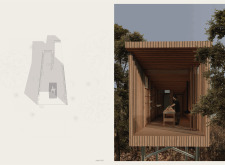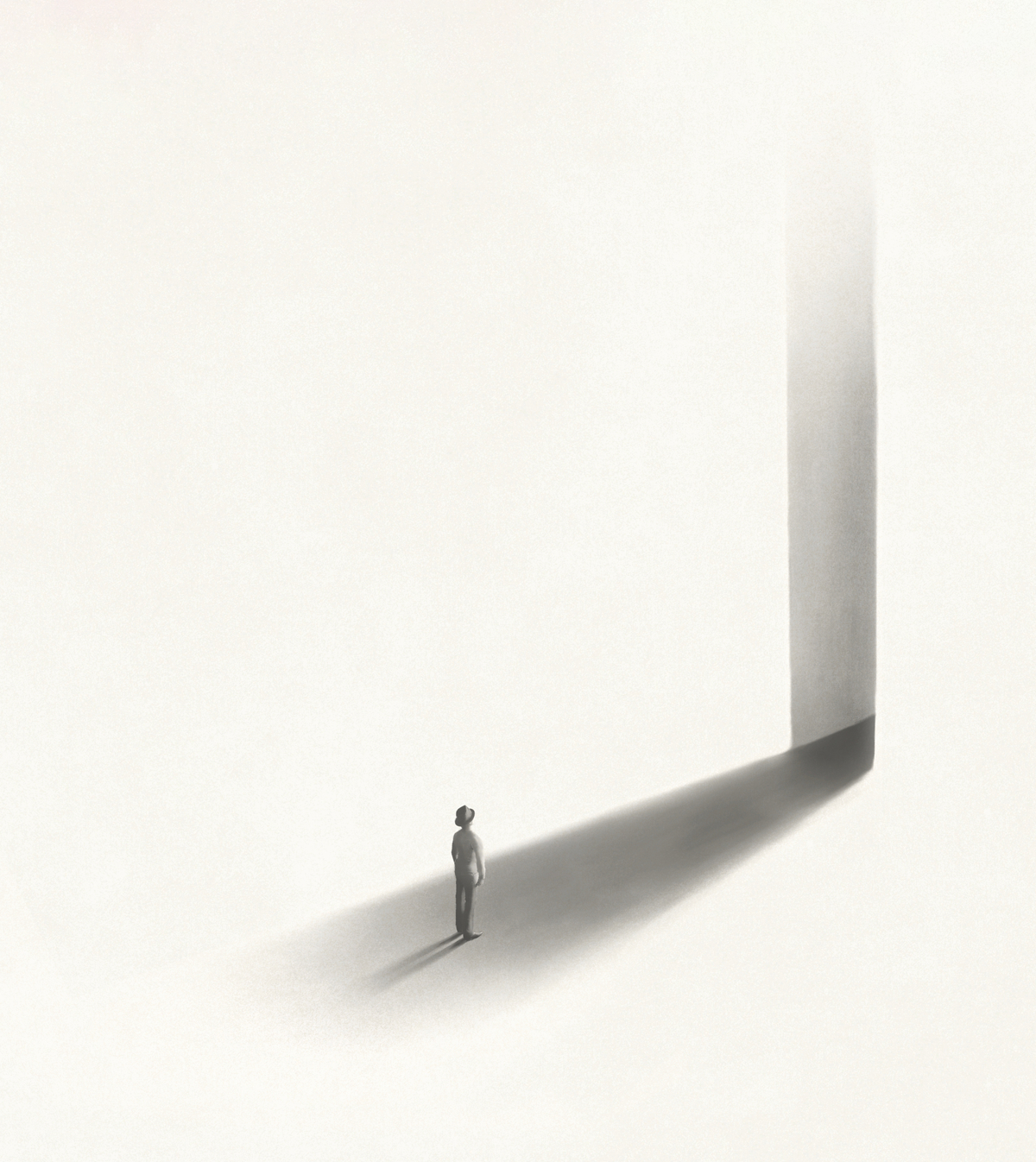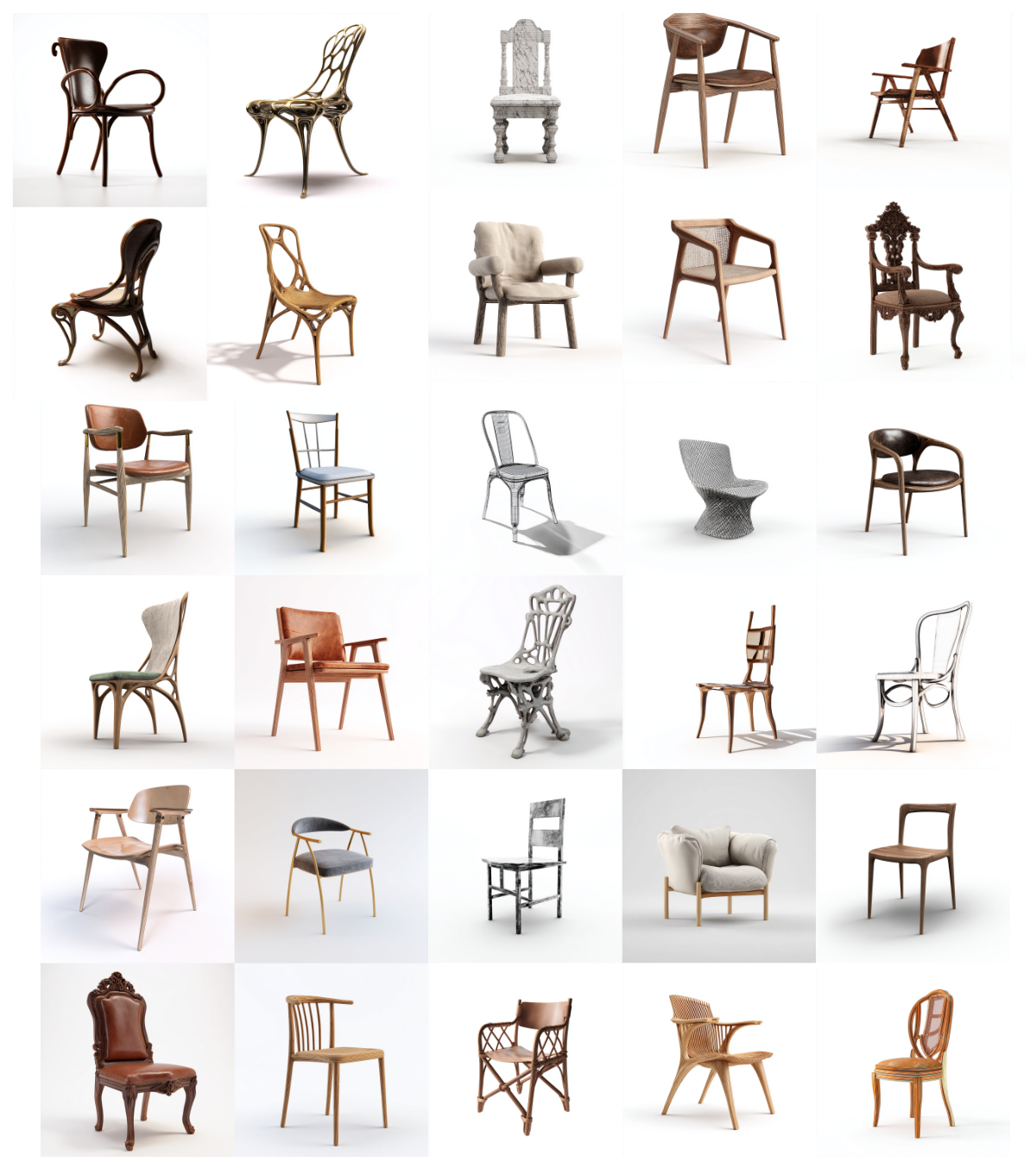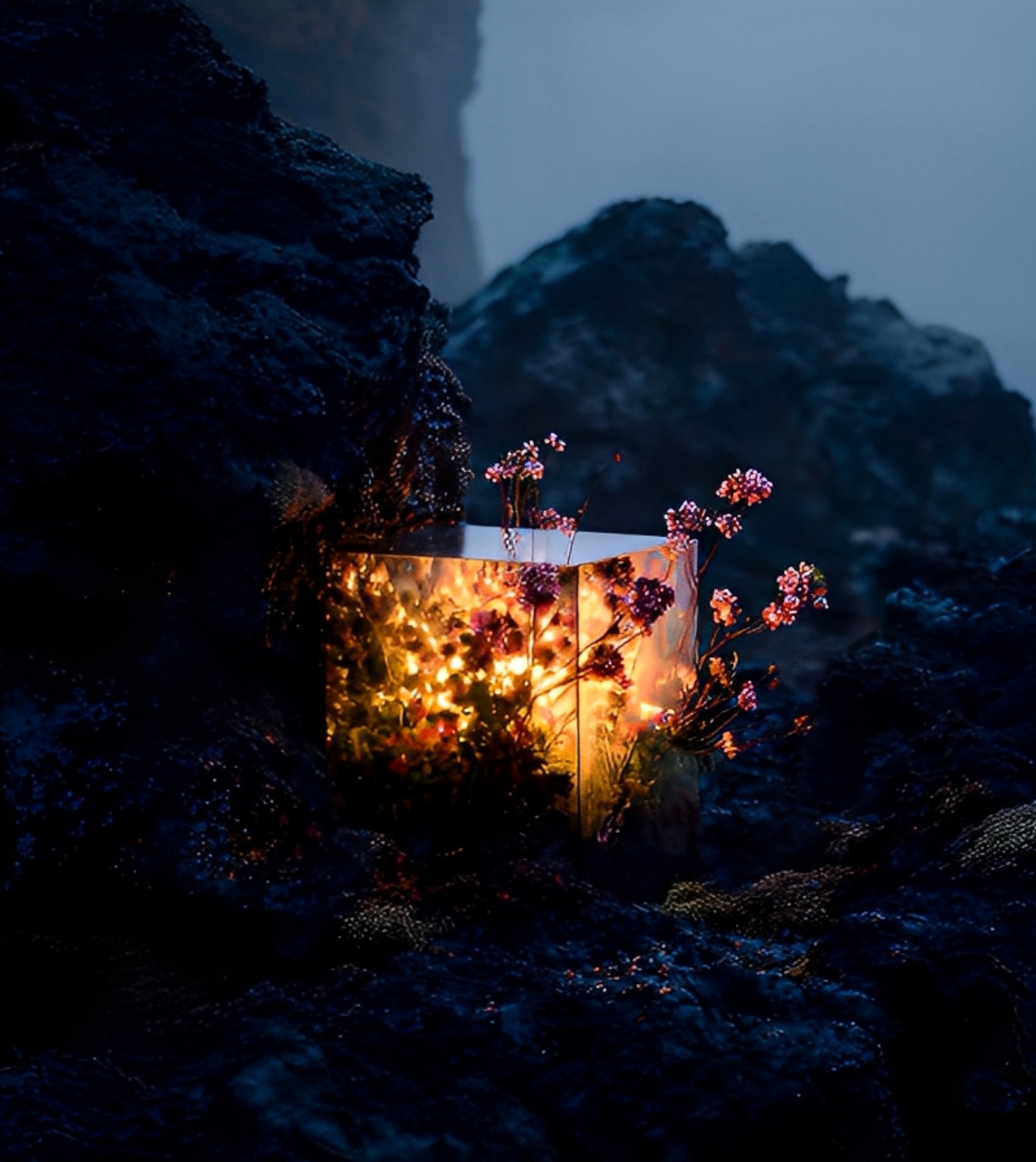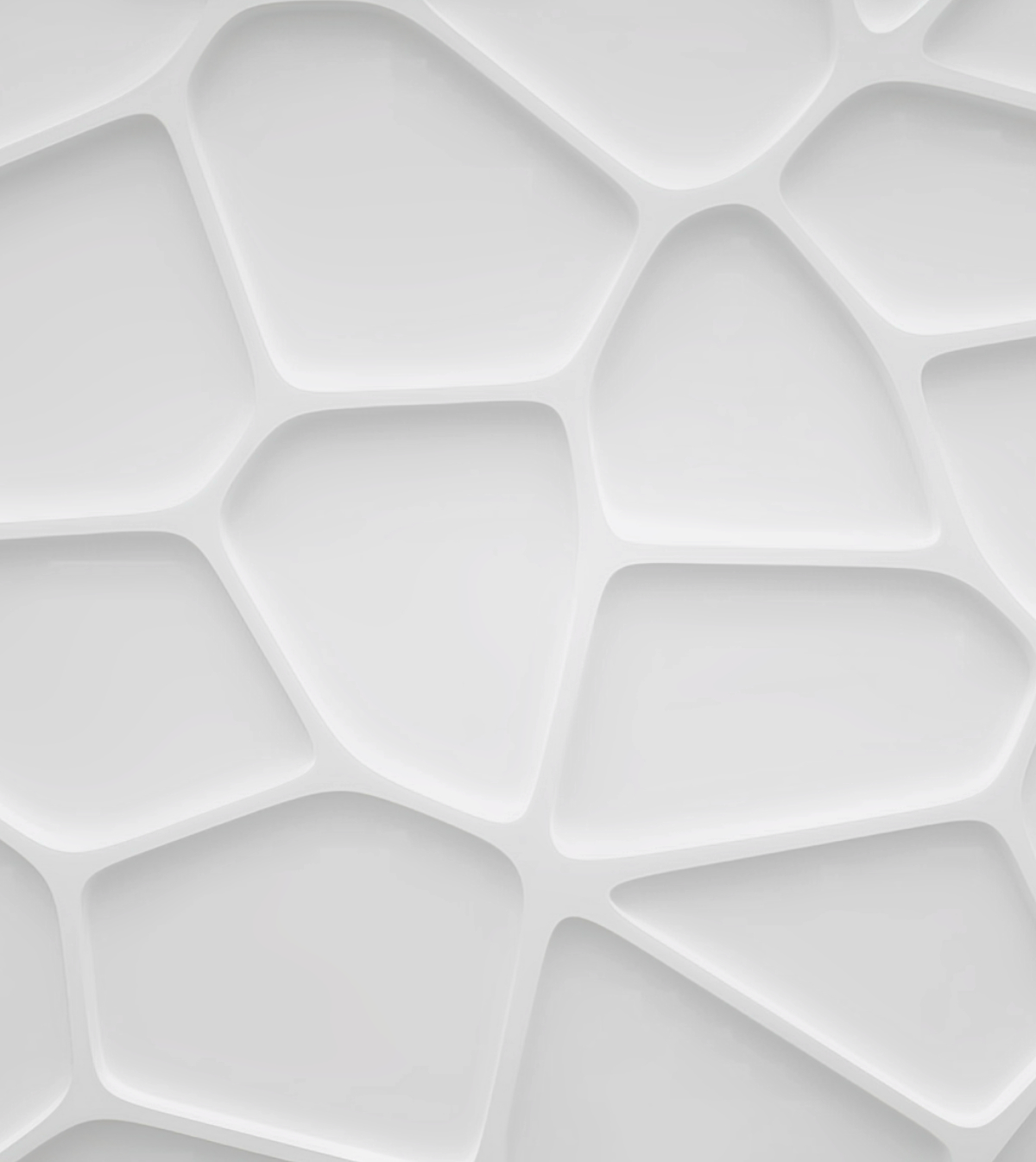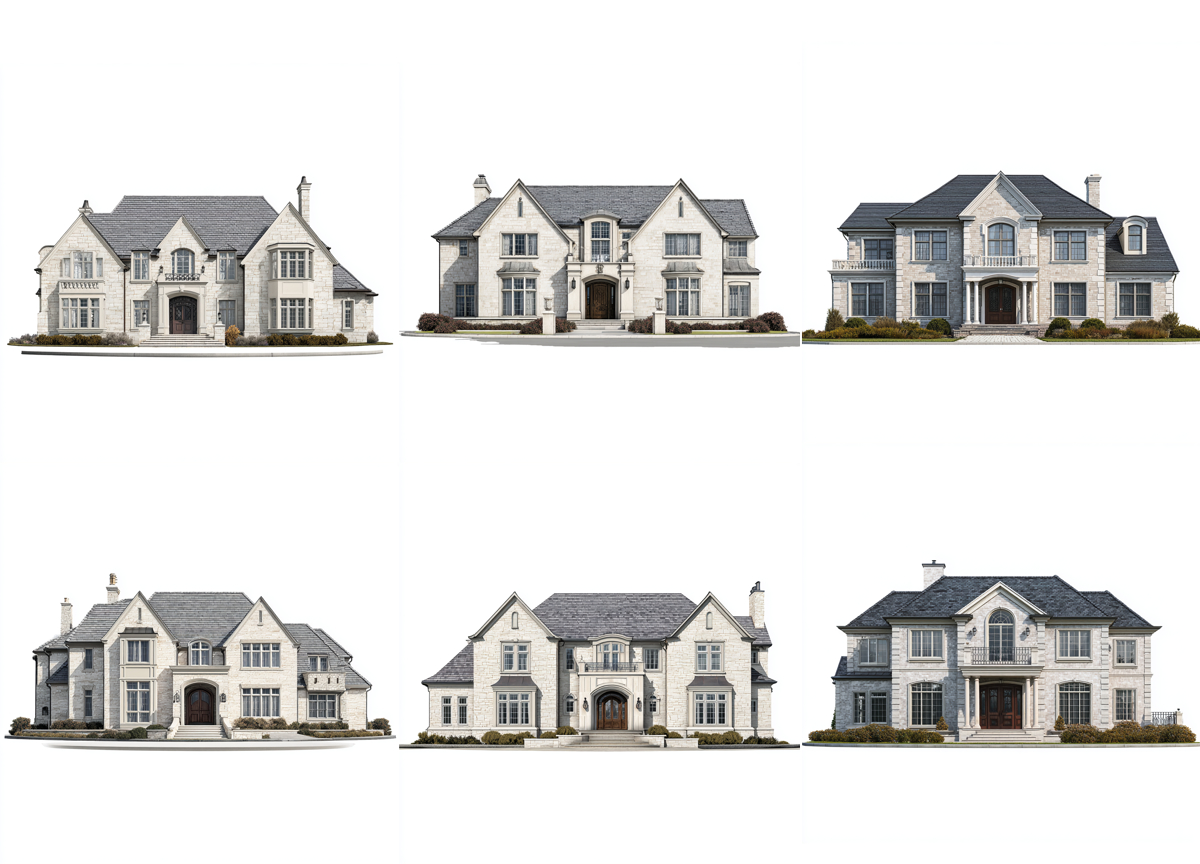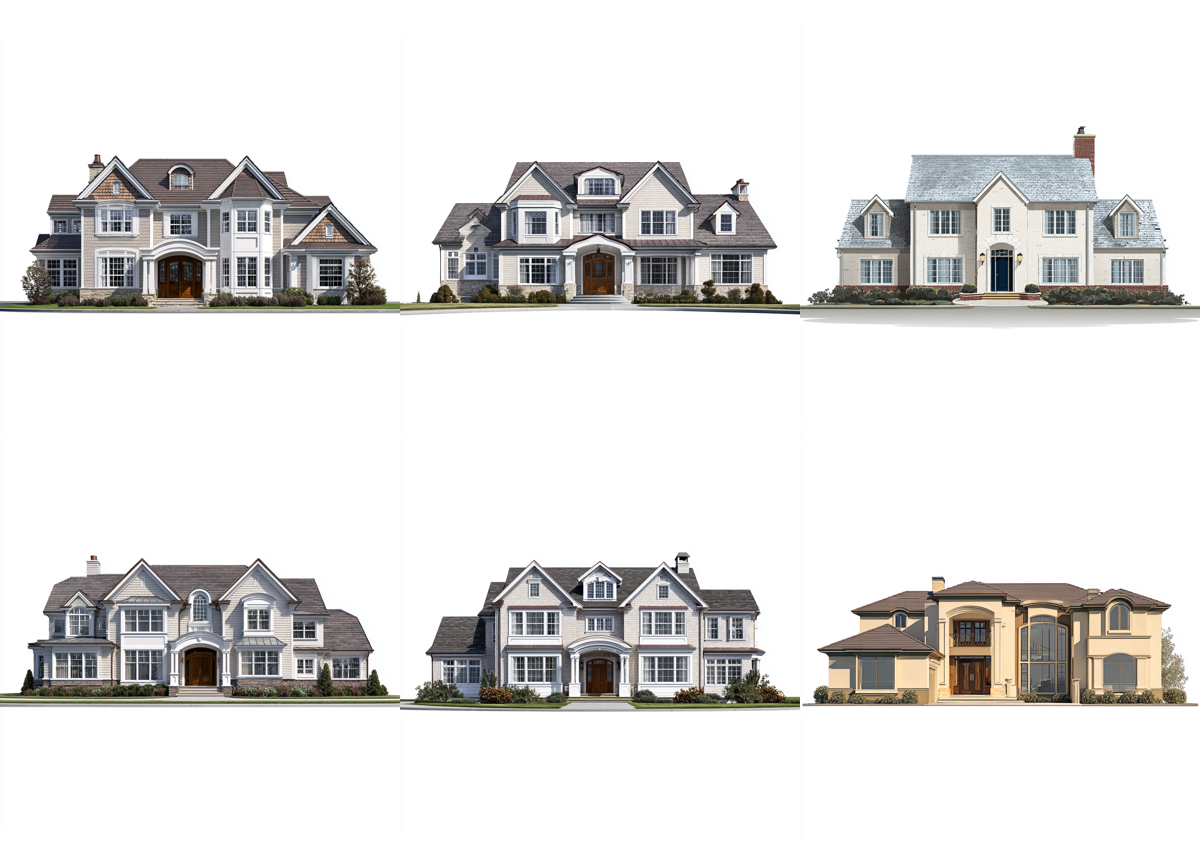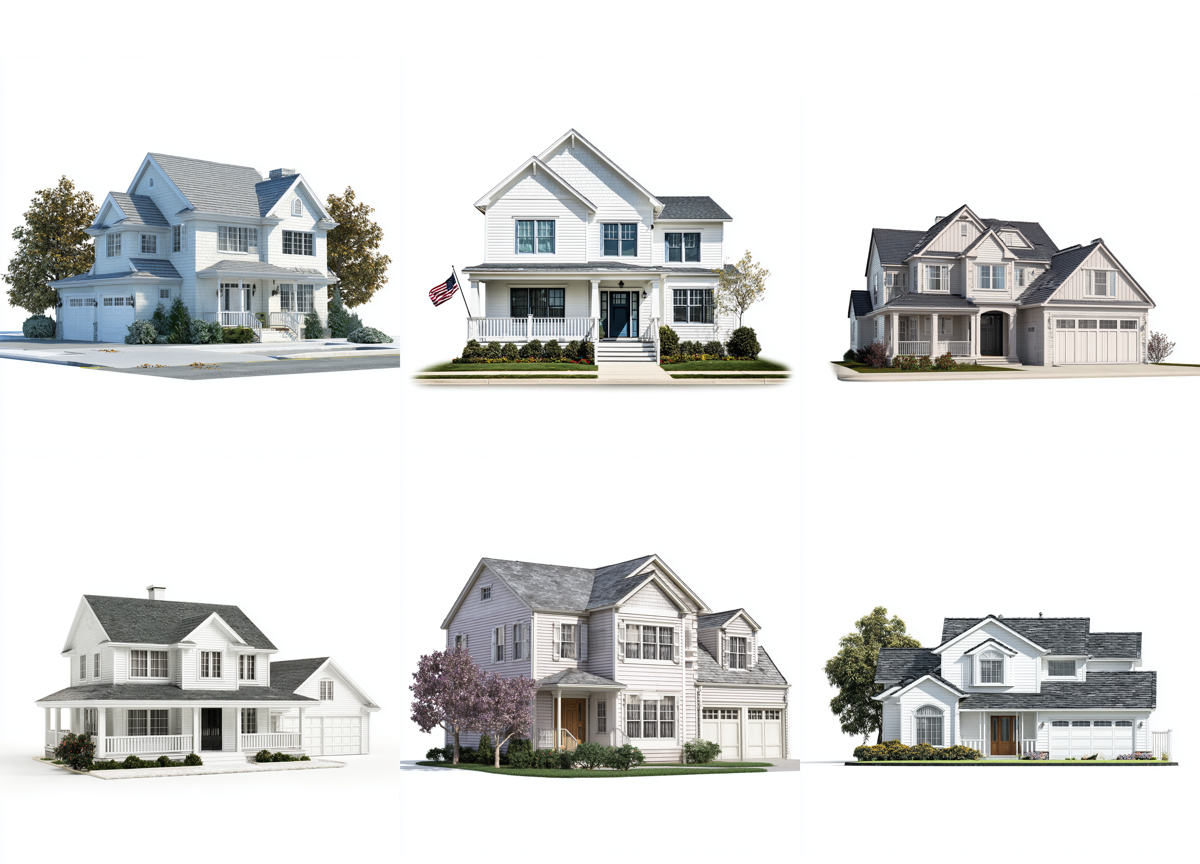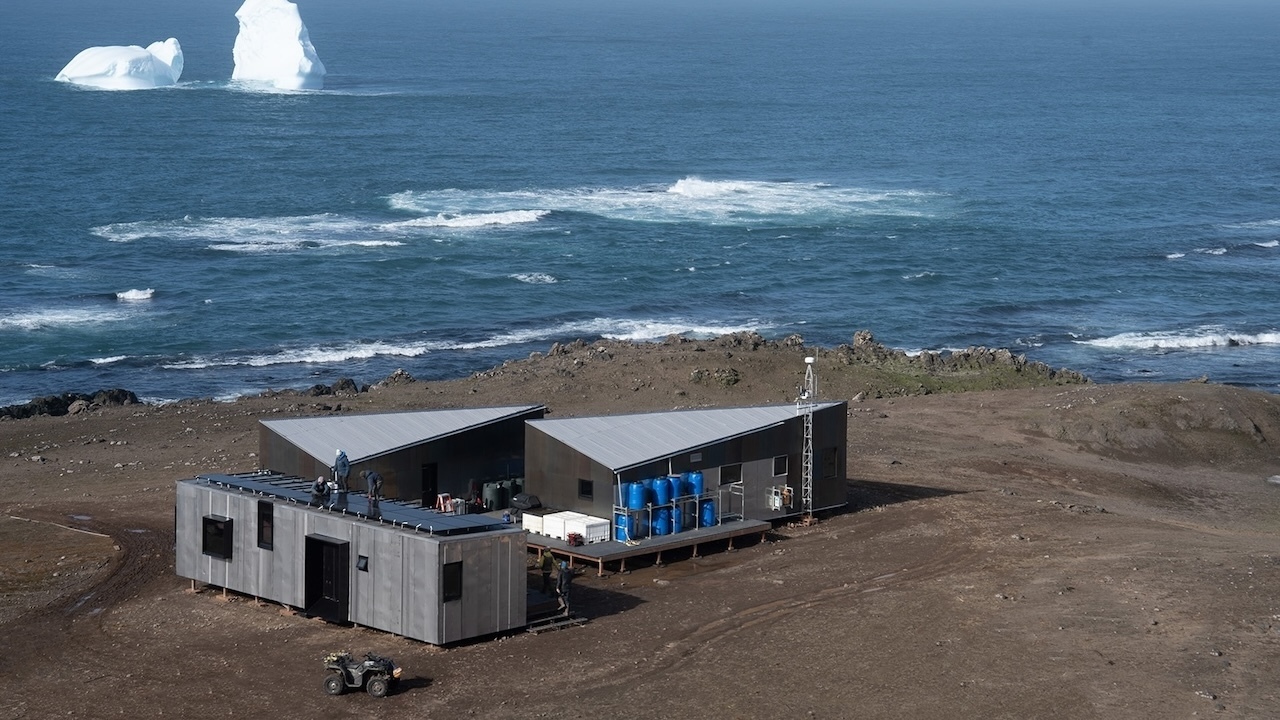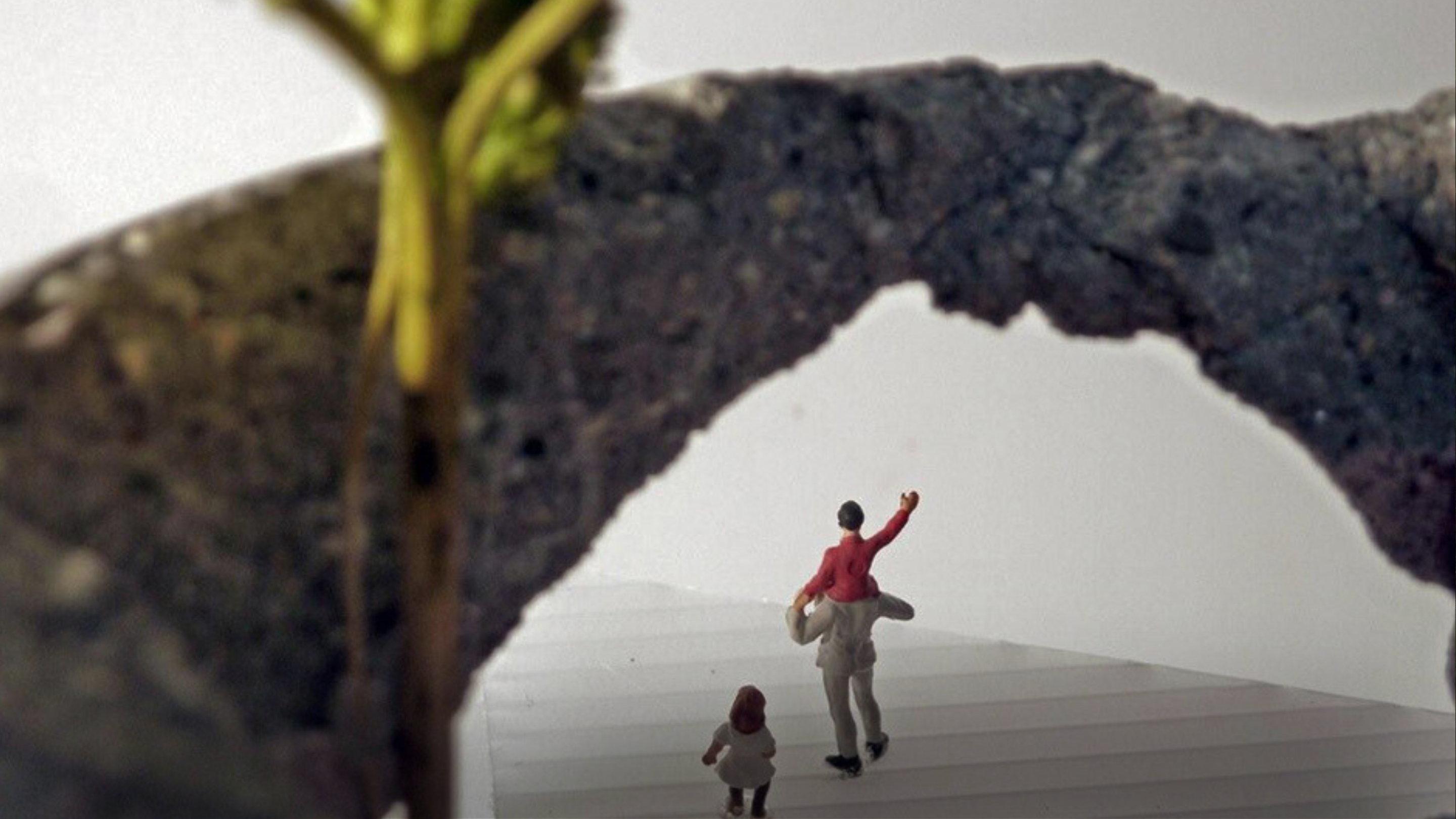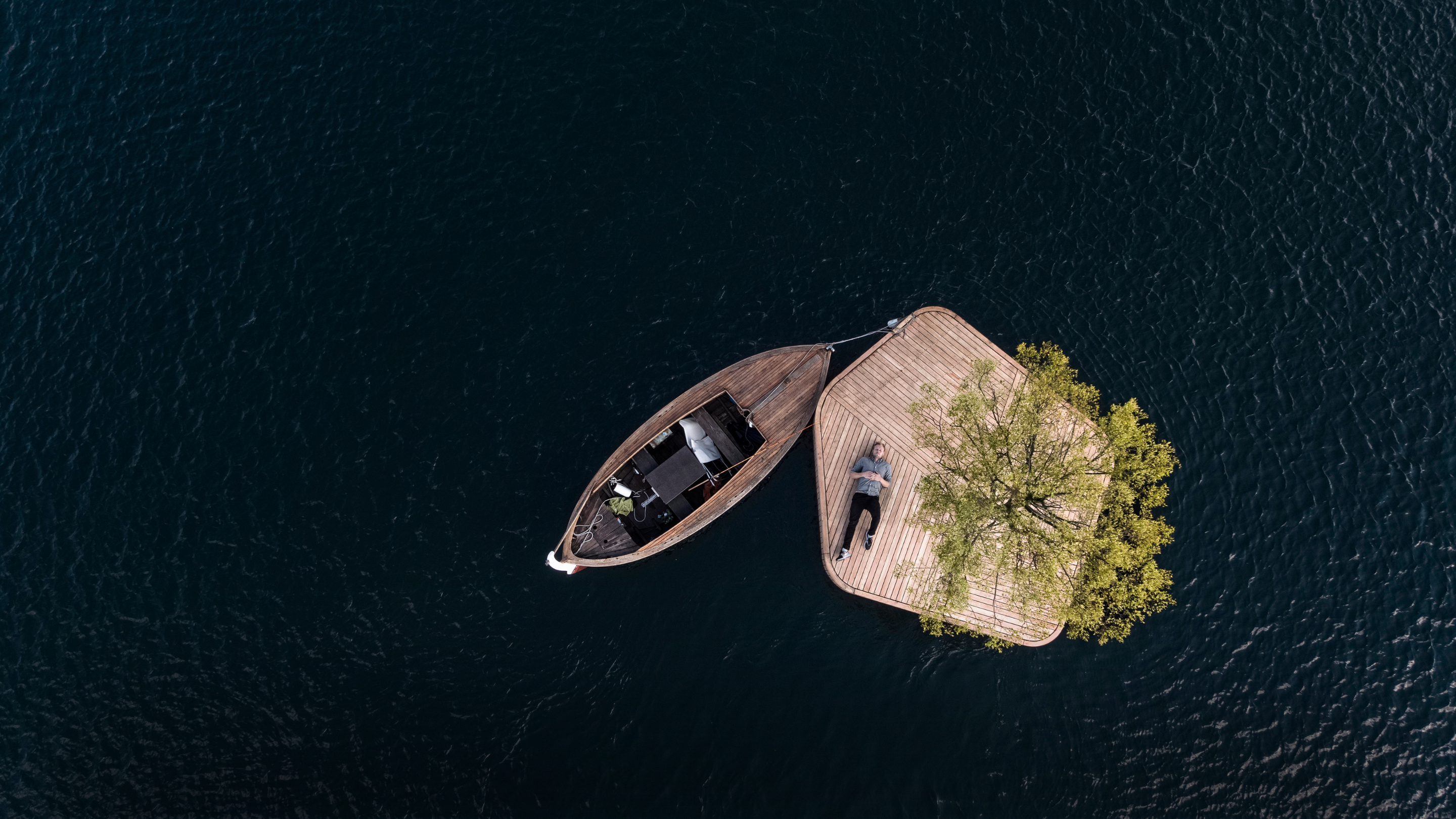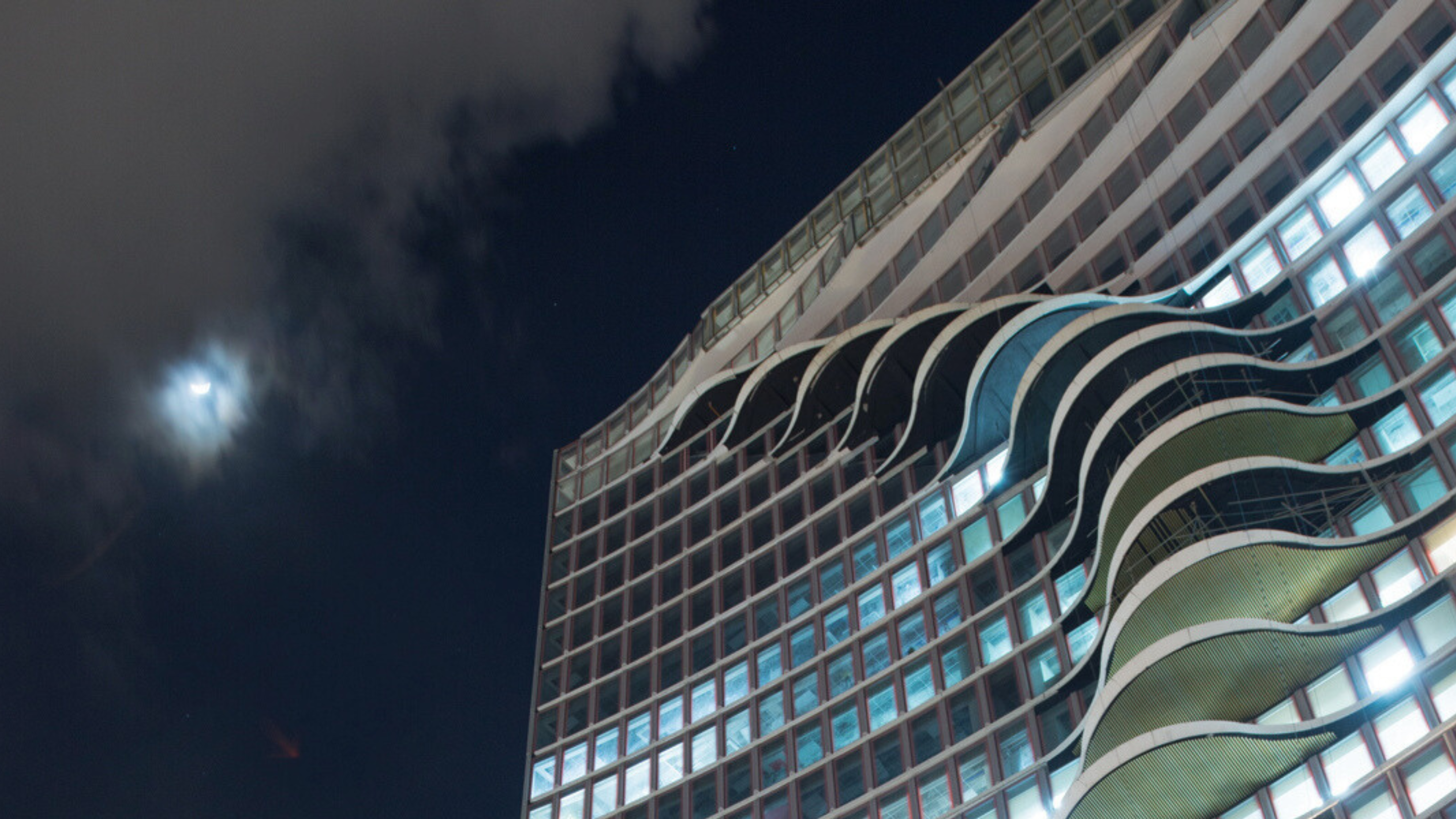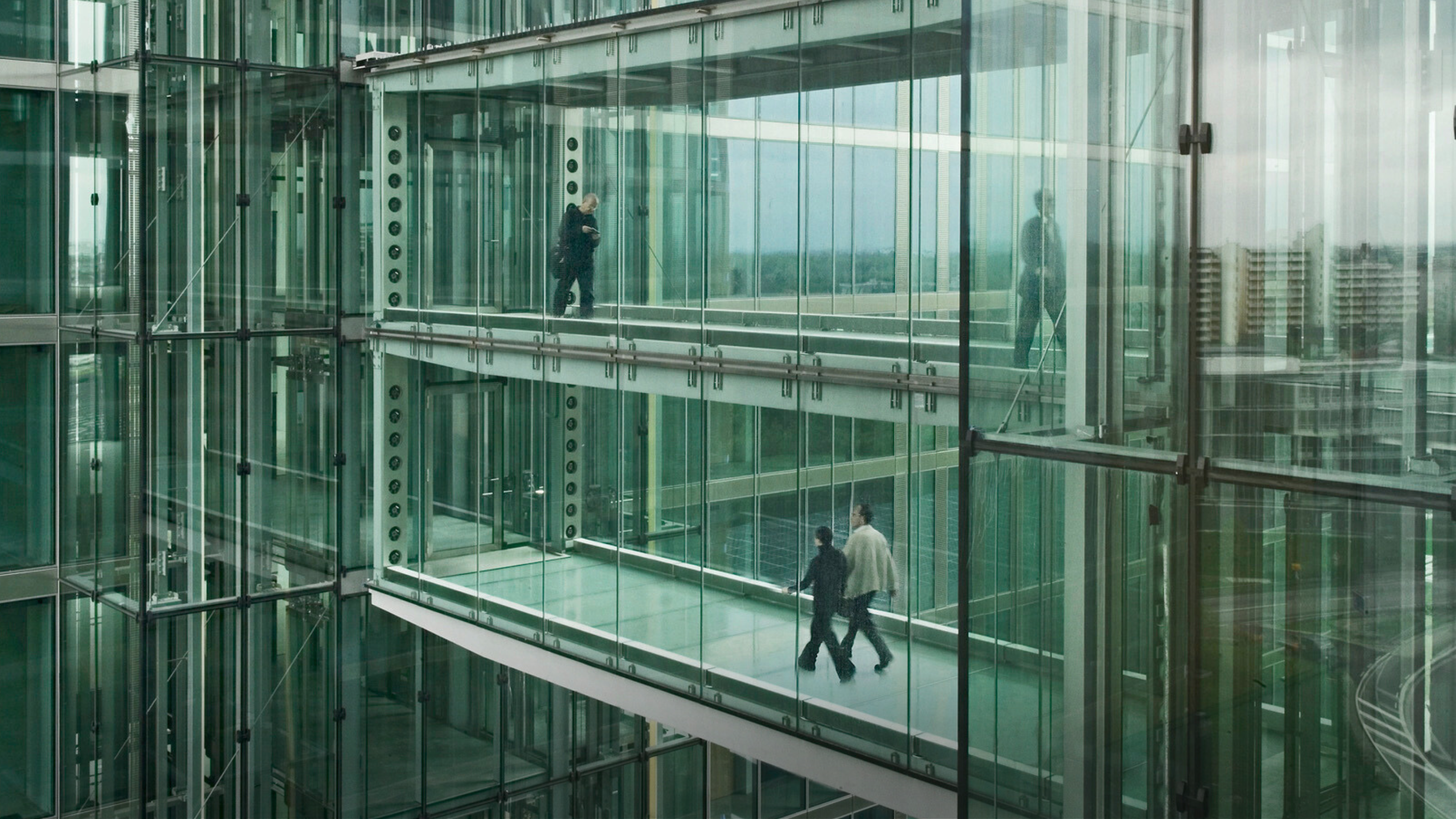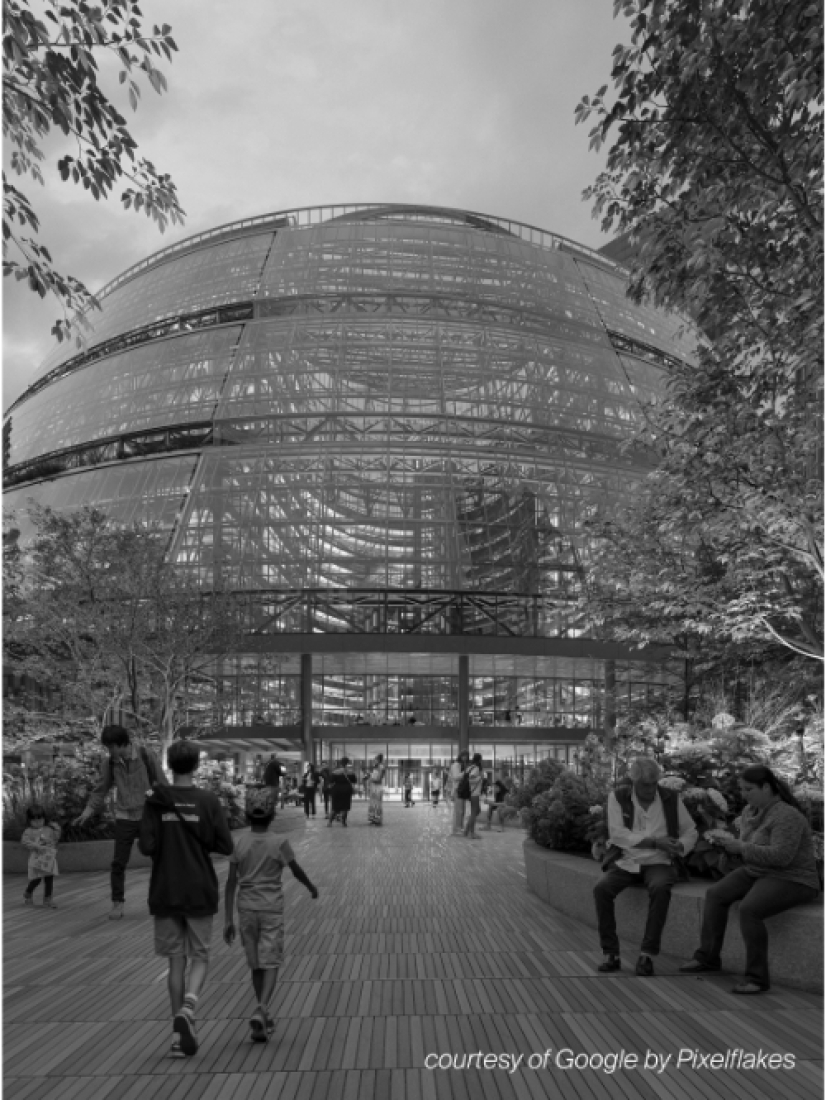5 key facts about this project
KOMOREBI is a residential design that explores the relationship between architecture and nature. Located in a wooded area, the project focuses on how sunlight filters through the trees, which is central to both its appearance and functionality. The design aims to create a connection between indoor and outdoor spaces, enhancing the living experience while ensuring comfort.
Lateral Transformation
The design begins with a basic geometric shape that undergoes changes to create a more open structure. The sides are adapted to facilitate a connection with the exterior. This approach not only improves the view outside but also creates distinct areas within the home. The layout allows residents to move easily and feel more engaged with their surroundings.
Roof Design
The roof plays a significant role in the overall design. It is raised over the main living spaces, giving a sense of openness, while being lowered at the entrance to create an inviting feel. This change in height helps to define different areas within the cabin, encouraging natural light to enter, which enhances the living environment.
Entrance and Storage
An extended entrance area serves as a focal point for the design. This feature makes the entrance easily identifiable from the outside and also adds practical value by providing storage space for firewood. This storage helps keep the cabin functional and allows for a smooth transition from the outdoors to the indoors.
Material Selection
The materials chosen for the project are carefully selected to fit the overall vision. Blue ceramic tiles, common in Portugal, add character to the design. Wood is used extensively throughout, reinforcing a link with the environment. Dark sheet metal is used for the roof, ensuring durability and functionality. These material choices reflect practicality while enhancing the relationship with nature.
The bathroom also features a higher ceiling to improve ventilation and allow natural light to enter. This careful planning is crucial for comfort and sustainability. The design not only addresses the needs of everyday life but also considers the environment, resulting in a living space that supports well-being.


